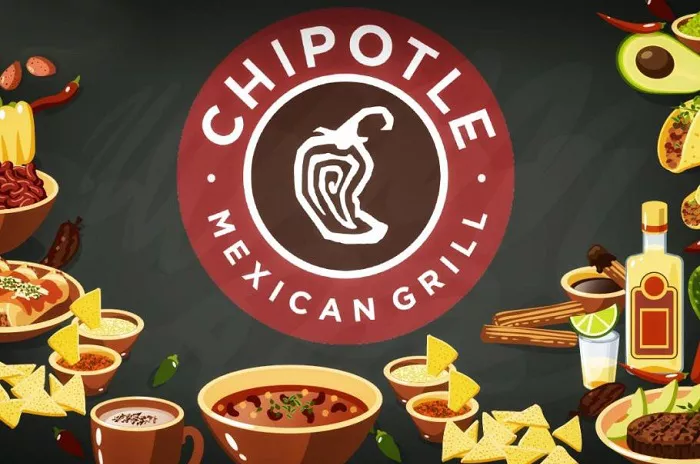Bennington, Vermont, a small town of 15,000 known for its stunning fall foliage and scenic Green Mountain backdrop, has a new addition to its community—Chipotle. Despite lacking a major university and being 40 miles away from the nearest interstate, the fast-casual chain opened its doors last month, marking a significant shift in the town’s dining landscape.
Town Manager Stuart Hurd, who has held his position for 32 years, reflects on the changing restaurant scene. He notes the disappearance of once-thriving family-owned eateries but welcomes Chipotle’s arrival with enthusiasm.
“It’s a feather in our cap; it’s good for the whole community,” Hurd said. He also mentioned that a Starbucks is set to open soon next to Chipotle, which opened in July. According to Hurd, these new arrivals are helping to fill a void left by the closure of family-owned restaurants.
“Most of the old family restaurants have aged out,” Hurd explained. “Their kids don’t want to do that kind of work. We used to have three good family restaurants downtown, but now they’re gone, and that kind of restaurant doesn’t seem to come back.”
This trend is not unique to Bennington. Similar scenes are unfolding in small towns across the country—those with populations under 20,000, which Chipotle is increasingly targeting.
In Somerset, Pennsylvania, another town of 15,000 residents, Chipotle was welcomed with a ribbon-cutting ceremony, balloons, and local dignitaries.
Fast-Casual Chains Eye Small Towns
Chipotle has been one of the most aggressive fast-casual chains in expanding into smaller towns. These places were once dominated by Subways or burger franchises often found in gas stations. But experts say the shift in Chipotle’s strategy has as much to do with evolving food preferences as with economics.
While burgers and fries were once the go-to meals in small towns, today’s diners are searching for healthier options.
“People’s eating habits have evolved toward real, unprocessed foods, not fried things,” said Chris Brandt, Chipotle’s chief brand officer.
Other fast-casual chains, like Sweetgreen and Cava, are attempting to follow in Chipotle’s footsteps. But Eric Gonzalez, a restaurant analyst at KeyBanc Capital Markets, believes other chains will face challenges replicating Chipotle’s success.
“There are some things that make Chipotle unique,” Gonzalez said. He pointed out that Chipotle’s cuisine is widely accepted and that the chain’s size helps keep prices competitive. The introduction of the “Chipotlane,” a digital order pickup format, also provides an additional revenue stream, making smaller towns viable for the brand.
“The Chipotlane unlocks those small towns for them,” Gonzalez said. Lower costs for land and labor in small towns also help offset the typically lower earnings compared to suburban locations.
Competition in the Fast-Casual Space
While Chipotle thrives, other chains like Cava face greater challenges. Cava specializes in Mediterranean-style fare, which is less familiar to many small-town consumers. However, the company is determined to follow Chipotle’s example by bringing its cuisine to underserved markets.
“There’s a growing understanding of how food impacts health,” said Brett Schulman, co-founder and CEO of Cava. With over 300 restaurants, Cava is expanding into small towns with the hope that Mediterranean cuisine will eventually achieve the same level of acceptance as Chipotle’s Mexican-inspired menu.
As small towns continue to evolve, fast-casual chains like Chipotle and Cava are betting on changing tastes and a growing desire for healthier dining options. In places like Bennington and Somerset, these chains are not only filling the void left by family restaurants but are also shaping the future of dining in small-town America.

